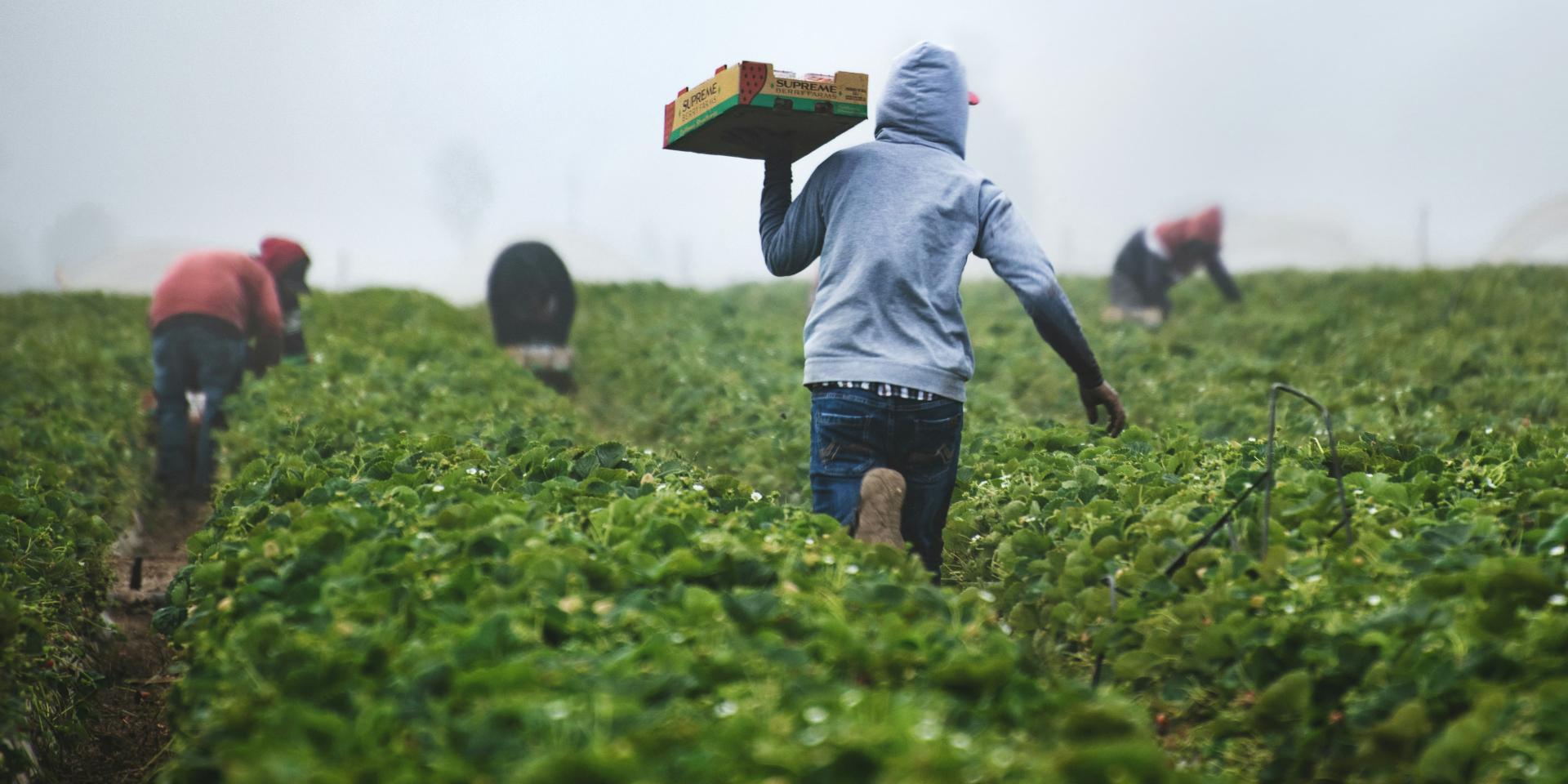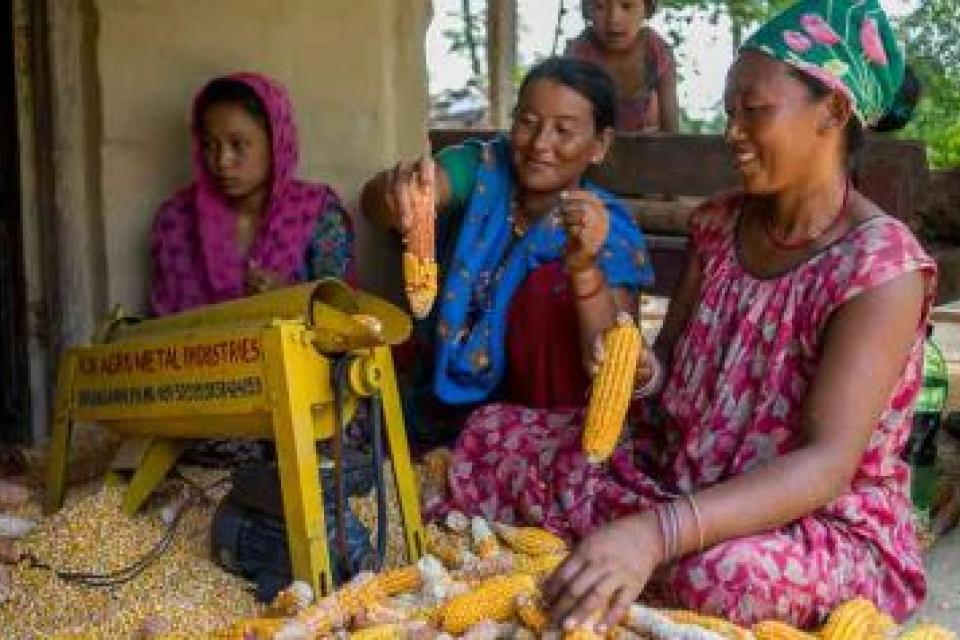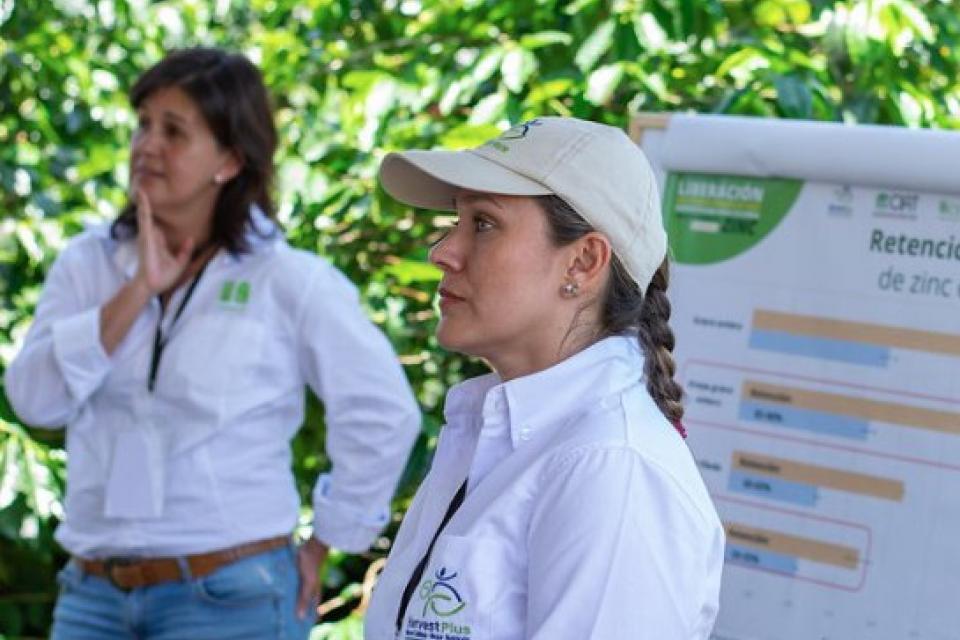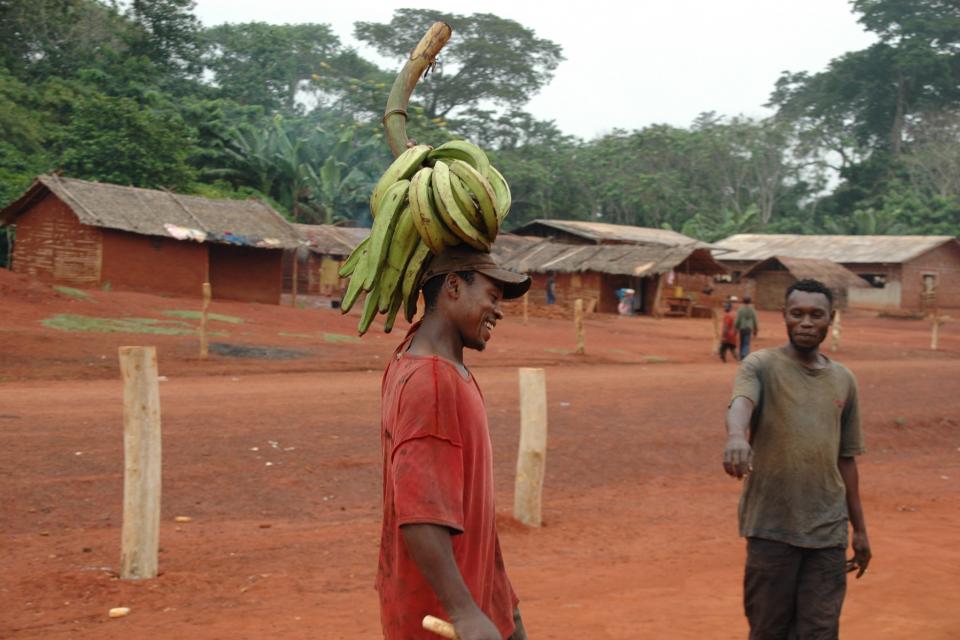Why young voices matter in shaping food systems

This article was first published by FAIR PLANET
Young people today are facing a future shaped by historic shifts affecting food systems that will ultimately impact their health and life expectancy, their employment prospects and the environment around them.
These transformations, driven by climate change, migration and urbanisation among other factors, are acutely felt across low- and middle-income countries. Food insecurity continues to rise in Africa, where one in five likely faced hunger last year, according to new UN figures, contributing to stunted development, diet-related illness and lost productivity.
Yet the varied needs and expectations that young women and men have when it comes to food systems are still poorly understood and not adequately addressed, despite this demographic being set to live longest with the consequences of how and where food is produced, processed and distributed.
The need for greater inclusion
The global youth population is steadily increasing, especially in lower-income countries. An estimated 70 per cent of sub-Saharan Africa’s population is under the age of 30 and more than 60 per cent of the world's youth live in the Asia-Pacific region.
Like any generation, today’s youth vary enormously in their lifestyles, dietary needs and preferences and their participation in agriculture, depending on whether they live in urban or rural areas, whether they are male or female, and whether their incomes are high or low.
Efforts to improve food systems to reduce hunger and poverty for future generations must therefore better account for the diversity of young people.
In a sign of growing global recognition of the need to prioritise youth in sustainable development, the UN is set to appoint an Envoy for Future Generations at September’s Summit of the Future.
But in addition to representation, the development community also needs to enable greater inclusion by researching and addressing the systemic challenges faced by young people.
Currently, persistent and gendered barriers to access to resources such as land, water, labour and capital affects young people’s participation in agriculture and food systems. It also impacts their ability to build prosperous livelihoods in rural and urban food systems to unlock both food and economic security.
For example, in Ethiopia, land ownership is dominated by older men and young people are almost excluded from buying land. While young men may acquire farmland through inheritance or rental markets, prevailing gender norms significantly limit property and land ownership opportunities for women.
To build food systems fit for the next generation, more research and innovation must be informed by young people so that the international community can comprehensively support the empowerment of youth to re-shape food systems to serve their needs, from nutrition to livelihoods to gender equality.
Firstly, agricultural research for development should include youth, enabling and facilitating participation by young men and women as key stakeholders rather than spectators or beneficiaries. This goes a long way in cultivating meaningful engagement for youth in food systems and in turn, benefitting society.
For instance, the ENABLE TAAT project implemented by WorldFish and IITA Youth Agripreneurs (IYA) engaged young people in the Democratic Republic of Congo (DRC) to develop a cage aquaculture system to improve fish farming in the Lake Kivu region.
After receiving training in farming tilapia with imported mesh cages, the young people involved in the project saw an opportunity to create replica cages using locally sourced materials to reduce the cost to around a fifth. This combination of science-based training and youth-led ingenuity created sustainable jobs for more than 2,000 people.
Secondly, food systems interventions must also be sensitive to the diversity of youth. This includes different aspirations and expectations according to circumstances and social norms.
For example, rural youth in Nigeria were found to have a passion for agriculture but were struggling to make viable livelihoods, resulting in many young people combining different non-farm activities to make a living. Among young men, this included carpentry as well as construction and motorcycle taxi riding, while women took on hairdressing and hawking.
Innovations that make agriculture more profitable and attractive therefore need to be developed and need to reflect the different aspirations and imagined futures of men and women, and how they chart a path towards realising them.
Finally, agricultural development agencies and practitioners must also be accountable to youth, which means ensuring that the impacts of food systems on and for young people are monitored and evaluated.
Those working in food and agricultural research should hold themselves responsible and answerable to young people during the planning, implementation and delivery of projects and programmes.
The inclusion of youth in efforts to tackle global problems cannot be reduced to a single voice on a panel. Young men and women around the world must be heard, validated and comprehensively supported to get the best out of food systems.
Young people are not just affected by changes in food systems; they are also active participants in transforming food systems when given the chance. By accepting and enabling the agency of young men and women, their potential can be harnessed to drive transformative change in agriculture.
Through listening to and working with young people, the global community can both shape and serve the future, equipping the next generation to determine their own destiny.


